There are genres of literature, there are genres of music, and today, I will make a case for letting the two play together. What I mean is this: What if we used music genres to describe literature? What might such an experiment reveal about the literature?
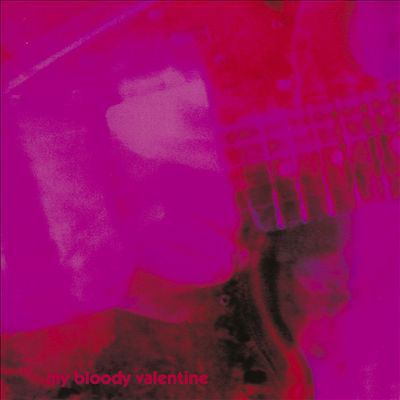 Here’s a fun music genre to think about: shoegaze, a dreamy genre from 80s Britain which drew a close following with its hazy, melancholic offerings. “It’s a particularly unusual genre in that its name describes neither a sound nor a connection to music history,” Pitchfork writes. Indeed, “shoegaze” originally described a scene of musicians whose heavy use of effects pedals led them to perform in a still, detached manner, clutching their guitars, eyes fixed to the floor.
Here’s a fun music genre to think about: shoegaze, a dreamy genre from 80s Britain which drew a close following with its hazy, melancholic offerings. “It’s a particularly unusual genre in that its name describes neither a sound nor a connection to music history,” Pitchfork writes. Indeed, “shoegaze” originally described a scene of musicians whose heavy use of effects pedals led them to perform in a still, detached manner, clutching their guitars, eyes fixed to the floor.
The internet has some interesting things to say about shoegaze. Wikipedia notes its “ethereal mixture of obscured vocals, guitar distortion and effects, feedback, and overwhelming volume.” One blogger defines the genre by its “dense, shimmering textures of distorted guitars, thundering drums, and dreamy, reverb-heavy vocals,” adding that the performers lacked “the charisma and machismo of big stadium rock acts.”
Underground England describes the experience of shoegaze: “imagine waves of sound building a wall that encases you.”
Have you ever read a book that, page by page, felt like waves building around you, filling the room? Have you ever read a story that demanded surrender? I have, and I would describe some of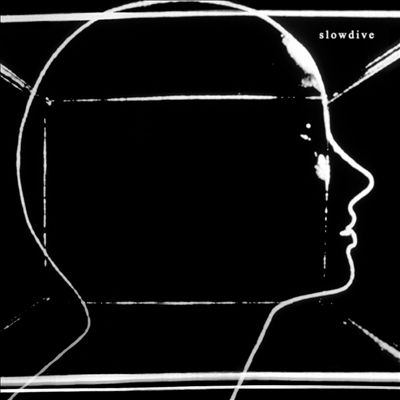 those stories as ethereal, overwhelming, dense, shimmering, dreamy and thundering — shoegaze literature, if you will.
those stories as ethereal, overwhelming, dense, shimmering, dreamy and thundering — shoegaze literature, if you will.
Before presenting this idea to you, it seemed important to do a quick scan — were other people interested in applying “shoegaze” to literature? A Google search of “shoegaze literature” retrieves an undated interview with two writers, No Glykon and Meagan Masterman, about their literary zine. When asked to describe the zine’s identity, Masterman said she often characterized it as “shoegaze.”
“You’ve got the melancholy and atmosphere, but there’s a driving force underneath it,” she said. “That’s the kind of stuff we want publish: shoegaze literature.”
I was disappointed to find that I did not invent the term, but delighted to know that other people had felt a similar inkling. Masterman’s description forms a rough base for a definition of shoegaze literature, and maybe that’s all we need! This is no science, after all. A book that feels shoegaze-y to you might not have the same effect on me. With that being said, here are some titles that I would tag as #shoegazelit.
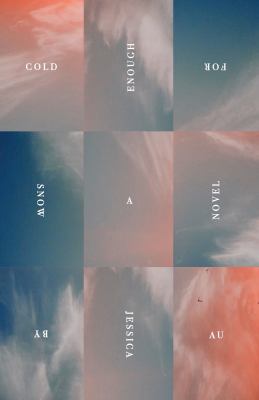 Jessica Au’s “Cold Enough for Snow” was one of my favorite reads last year because it felt less like reading about a series of things that happened, and more like entering a world. I’m not sure I could give you an accurate summary of the book, but I remember intensely how it made me feel (Similarly, I have a hard time recalling the lyrics and structures of shoegaze songs, but I can always identify them by mood and melody). “Cold Enough for Snow” involves an adult daughter, her distant mother, and a misty Tokyo. The daughter’s voice is gentle, yet filled with emotion. I finished the book in a day; it passed over me like a heavy fog. #shoegazelit
Jessica Au’s “Cold Enough for Snow” was one of my favorite reads last year because it felt less like reading about a series of things that happened, and more like entering a world. I’m not sure I could give you an accurate summary of the book, but I remember intensely how it made me feel (Similarly, I have a hard time recalling the lyrics and structures of shoegaze songs, but I can always identify them by mood and melody). “Cold Enough for Snow” involves an adult daughter, her distant mother, and a misty Tokyo. The daughter’s voice is gentle, yet filled with emotion. I finished the book in a day; it passed over me like a heavy fog. #shoegazelit
It is by coincidence that my next recommended title is also a “snowy” one (Shoegaze weather? Another blog post, for another day.). “The Snow Queen” by Michael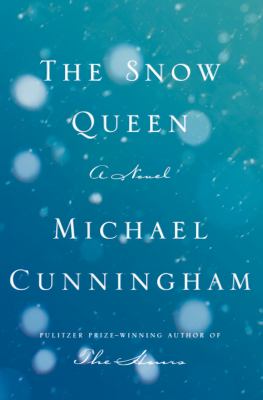 Cunningham has all the elements Masterman mentions: melancholy, atmosphere and a driving force. Melancholy because someone is dying; atmosphere because everyone knows it. And the driving force? It’s hard to describe. Love, maybe — for one another, and for life — despite it all.
Cunningham has all the elements Masterman mentions: melancholy, atmosphere and a driving force. Melancholy because someone is dying; atmosphere because everyone knows it. And the driving force? It’s hard to describe. Love, maybe — for one another, and for life — despite it all.
Negative reviews of “The Snow Queen” mostly come from bored readers: This book is about nothing, they complain. This reaction reminds me of the time I played a shoegaze song for a friend, who told me, decisively: “It’s boring.” It’s true, shoegaze doesn’t always let you in right away. Maybe you can’t make out the lyrics (The guitar’s too loud, so what are you supposed to focus on?). Maybe you’re 50 pages in and nothing has happened (The plot doesn’t rise and fall, so how are you supposed to follow?). But let us remember what Underground England said about shoegaze: It builds walls (not doors, not steps). It wraps itself around you — if you let it. #shoegazelit
And now, a reader review:
“Let the surreality of Murakami’s narrative wash over you” (BiblioCommons user “tjdickey,” 2017).
And another:
“I can’t say I understood everything that happened, but the eerie atmosphere of the story was oddly spellbinding” (BiblioCommons user “LazyNeko,” 2011).
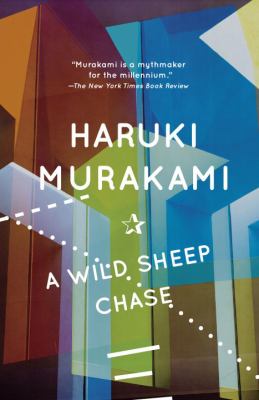 These two commenters speak, of course, of Haruki Murakami — specifically, his 2002 novel “A Wild Sheep Chase.” This book came recommended to me by a poet (makes sense, poets possess a particular comfort with perplexity). What do I remember about this book? It was a quick read, and a confounding one. It wasn’t until the last few pages that the story’s heart began to reveal itself to me, and I remember that feeling of euphoria.
These two commenters speak, of course, of Haruki Murakami — specifically, his 2002 novel “A Wild Sheep Chase.” This book came recommended to me by a poet (makes sense, poets possess a particular comfort with perplexity). What do I remember about this book? It was a quick read, and a confounding one. It wasn’t until the last few pages that the story’s heart began to reveal itself to me, and I remember that feeling of euphoria.
The characters are completely idiosyncratic, and the settings are dreamy and desolate. I came out with a feeling like: What did I just read? Yet, I had a powerful sense of just having exited a world. It is a strange, and special, to feel immersed in something you don’t understand. #shoegazelit
Well, that’s my case. I’ll admit it’s not the strongest; I think you could make a case for Murakami as avant-garde jazz, or “The Snow Queen” as slowcore, but that’s neither here nor there. I want you to know, I listened to shoegaze and shoegaze only as I wrote this. I can’t recommend extended shoegaze listening — it can start to feel like being trapped behind foggy glass, or trying to move beneath a weighted blanket, and it’s time to take my headphones off now.
Until next time,
Karena


